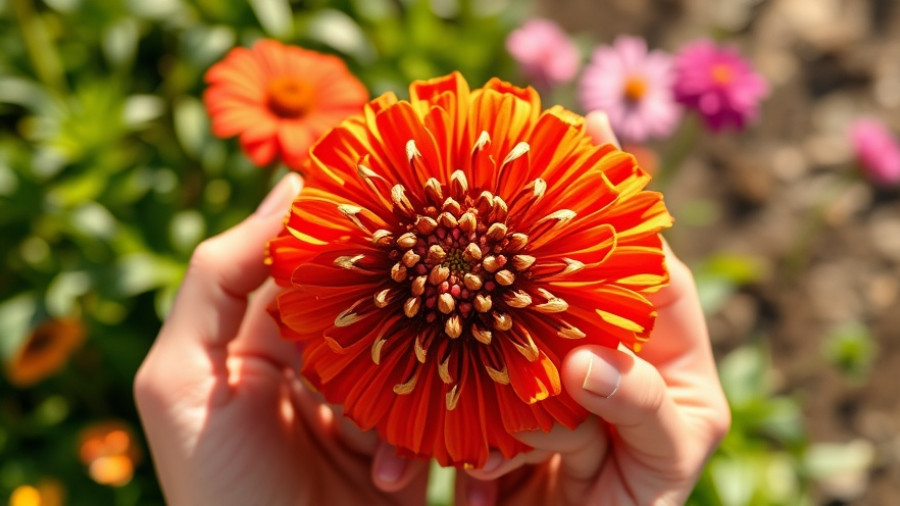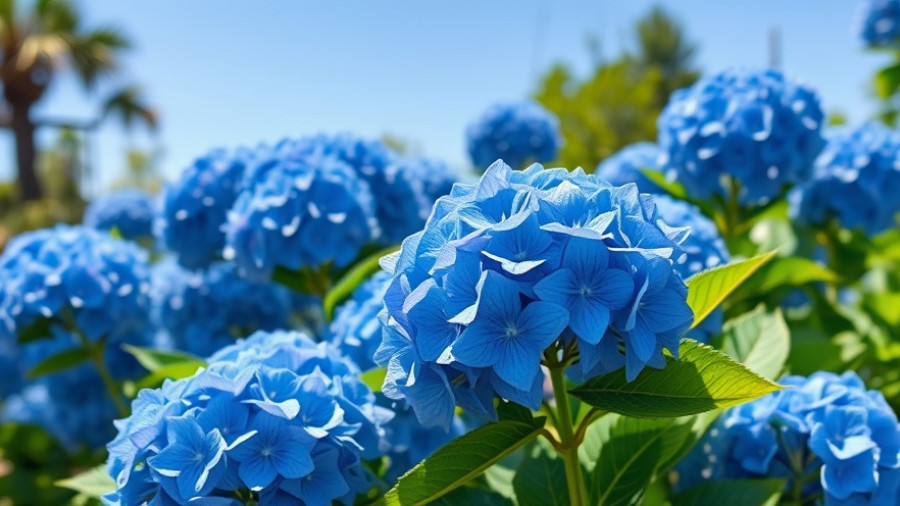
Understanding the Role of Ants in Your Garden
Ants are omnipresent insects that far outnumber humans, with estimates suggesting a staggering 20 quadrillion of them exist globally. While their presence in the garden may raise eyebrows, understanding their role can foster a more harmonious relationship between nature lovers and these hardworking little creatures. Instead of rushing to eliminate them, consider their benefits: they aerate the soil, disperse seeds, and break down organic matter, all of which contribute to a healthy garden ecosystem.
Are Ants a Garden Problem or Ally?
Determining whether ants are problematic or beneficial in your garden is crucial. Often, their benefits outweigh any potential issues they might cause. Ants can be seen as nature's gardeners, undertaking essential roles that keep the ecosystem balanced. They create intricate underground networks, allowing for better air and water circulation around plant roots, enhancing growth and resilience against hardships. It's essential to observe their activities before deciding on any extermination tactics.
Different Types of Ants: Knowing Your Garden Invaders
Ants come in many varieties, and each type has unique behaviors and habitats. Common species include:
- Pavement Ants: Typically found in urban areas, they often inhabit cracks near sidewalks and patios.
- Odorous House Ants: Known for their sweet scent, they often invade homes and can create disturbances indoors.
- Carpenter Ants: They prefer to nest in decaying wood and can compromise the integrity of structures if left unchecked.
Understanding which ants you're dealing with can help you determine the best course of action, as some are harmless, while others may pose problems.
The Positive Impact of Ants on Your Garden
Ants play a pivotal role in maintaining the health of gardens. Their tunnels help with soil aeration, which improves drainage and root health. By recycling organic matter, ants contribute to nutrient cycling, and their activity ensures a flourishing environment for plants. They also help with pest control by consuming dead insects and deterring more harmful pests from taking hold.
How to Coexist with Ants in Your Garden
Living harmoniously with ants is possible and can be beneficial for your garden's health. Embrace their presence, as they provide valuable services. If ants are cultivating aphids, which can damage plants, consider natural methods of deterrence instead of extermination. Introducing plants that attract beneficial insects can help regulate aphid populations without harming the ants that aid your garden.
Practical Tips for Garden Care Alongside Ants
If you’re eager to create a beautiful outdoor space while cohabitating with ants, consider these garden planning tips:
- Opt for Raised Garden Beds: This approach makes it harder for ants to invade your plants and allows for better drainage.
- Implement Yard Drainage Solutions: Improving your garden's overall drainage can help reduce the humidity that attracts pests.
- Plant Companion Flora: Some plants can deter pests, providing a natural buffer while benefiting from the pollination services that ants facilitate.
These strategies not only enhance your garden’s appeal but also embrace an eco-friendly yard care approach. Remember, a thriving outdoor space requires a delicate balance with nature.
As you embark on your gardening journey, consider implementing these tips to ensure a flourishing environment. If you want to transform your outdoor living area, explore your options for backyard makeover ideas or even container gardening to maintain the health and beauty of your plants without harmful pesticides.
Understand that the goal isn’t necessarily to eradicate ants but to manage their presence effectively. By respecting their role in the ecosystem, you can enjoy a thriving garden that is both beautiful and sustainable.
 Add Row
Add Row  Add
Add 




Write A Comment